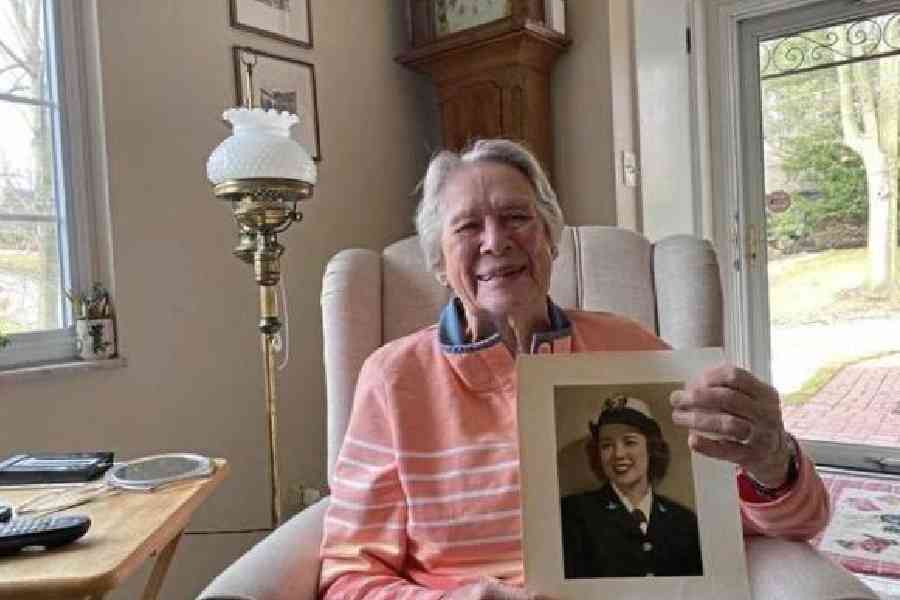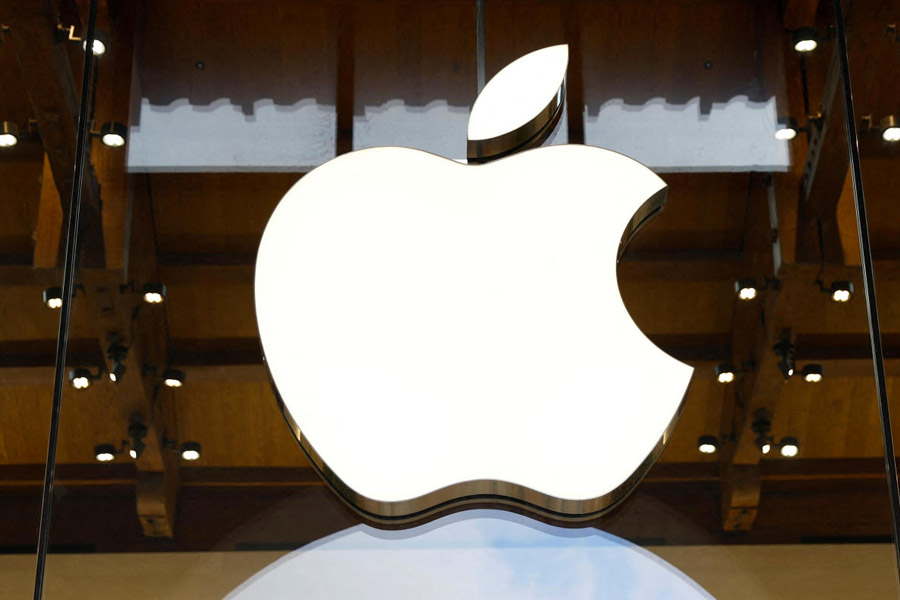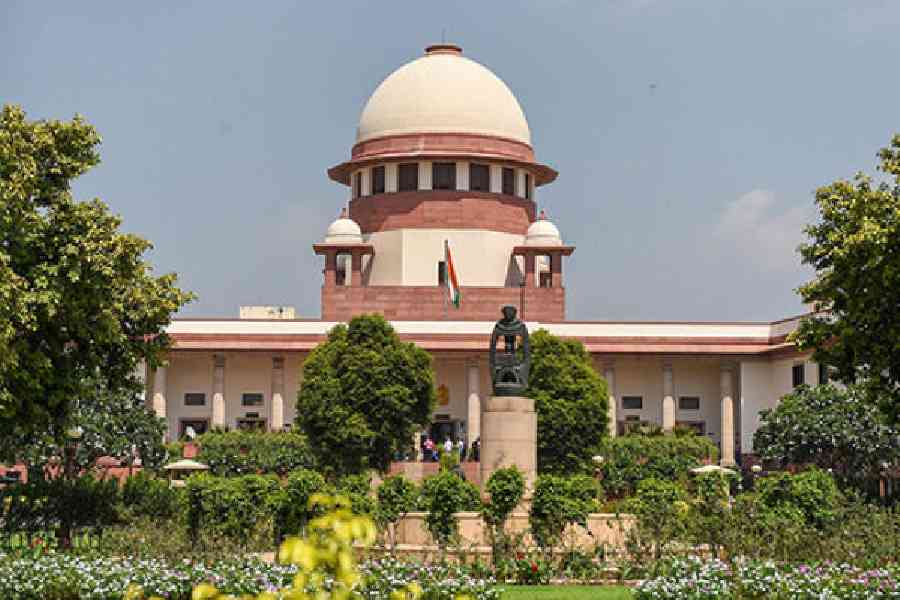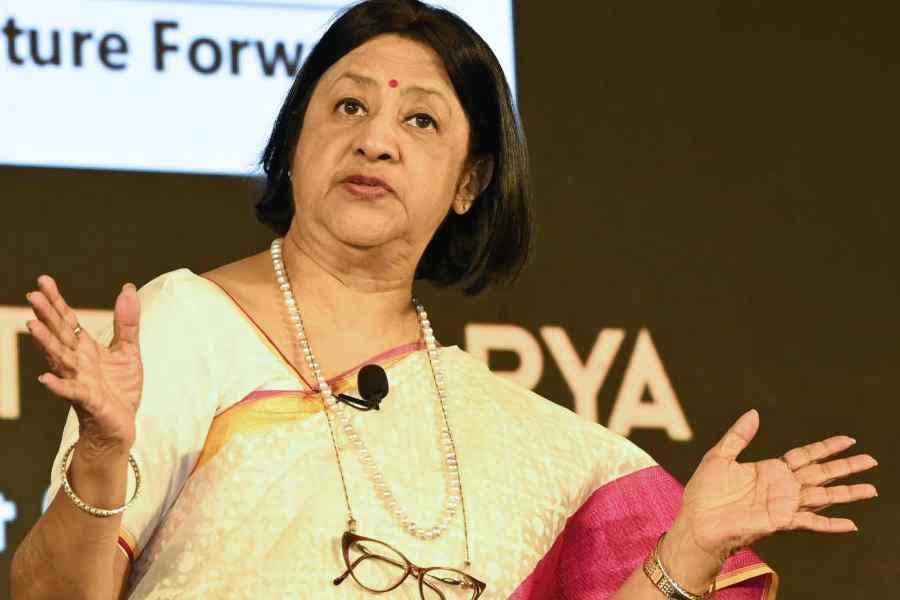Julia Parsons, a US Navy code breaker during World War II who was among the last survivors of a top-secret team of women that unscrambled messages to and from German U-boats, died on April 18 in Aspinwall, Pennsylvania. She was 104.
Her death, in a Veterans Affairs hospice facility, was confirmed by her daughter Margaret Breines.
A lover of puzzles and crosswords --- she was perhaps the oldest Wordle player in the world --- while growing up in Pittsburgh during the Great Depression, Parsons deciphered German military messages that had been created by an Enigma machine, a typewriter-size device with a keyboard wired to internal rotors, which generated millions of codes. Her efforts provided Allied forces with information critical to evading, attacking and sinking enemy submarines.
The Germans thought their machine was impenetrable. “They just refused to believe that anyone could break their codes,” Thomas Perera, a former psychology professor at Montclair State University who collects Enigma machines and has an online museum devoted to them, said. “Their submarines were sending their exact latitude and longitude every day.”
The unravelling of the Enigma puzzle began in the late 1930s, when Polish mathematicians, using intelligence gathered by French authorities, reverse-engineered the device and began developing the Bombe, a computer-like code-breaking machine. The Poles shared the information with British authorities.
In 1941, during an operation that was among the war’s most closely held secrets, the Royal Navy captured a German submarine with an Enigma machine on board. The British mathematician Alan Turing — working secretly with intelligence services in England — used it to refine the Bombe. British authorities sent instructions for building the Bombe to the US Navy.
At the US Naval Communications Annex in Washington, Parsons and hundreds of other women used the Bombe to decipher German military radio transmissions, revealing information that was instrumental in shortening and winning the war, historians have said.
“We tried to figure out what the message was saying, then we drew up what we called a menu showing what we thought the letters were,” she told The Washington Post in 2022. “That was fed into the computer, which then spat out all possible wheel orders for the day. Those changed every day and the settings changed twice a day, so we were constantly working on them.”
She joined the war effort in the summer of 1942, after reading a newspaper article about a new US Navy programme called Women Accepted for Volunteer Emergency Service, or WAVES. “There was nothing for women to do but sit at home and wait,” she told The Uproar, the student newspaper at North Allegheny Senior High School, in 2022. “I knew I wasn’t going to do that.”
More than 100,000 women joined the WAVES during the war. In 1943, she left Pittsburgh for officer training at Smith College, in Massachusetts, where she took courses on cryptology, physics and naval history. After her training, she was sent to the Naval Communications Annex, in Washington.
One day, an officer there asked if anyone could speak German. She had taken two years of the language in high school, so she raised her hand.
“They shot me off to the Enigma section immediately, and I began learning how to decode German U-boat message traffic on the job, Day 1,” Parsons said in an interview with the Veterans Breakfast Club, a non-profit organisation. “Enemy messages arrived all day from all over the North Atlantic, plus the North Sea and the Bay of Biscay.”
Her cryptological handiwork saved some lives while simultaneously ending others, presenting her with a moral quandary as she parsed the day’s messages.
She recalled decoding a congratulatory note transmitted to a German sailor following the birth of his son. His submarine was sunk a few days later. “To think that we all had a hand in killing somebody did not sit well with me,” Parsons told The Washington Post. “I felt really bad. That baby would never see his father.”
Still, she was proud to serve.
“This was a very patriotic time in the country,” she said in 2021. "It was a beautiful time for that kind of thing.”
Julia Mary Potter was born on March 2, 1921, in Pittsburgh. Her father, Howard G. Potter, was a professor at what is now Carnegie Mellon University. Her mother, Margaret (Filbert) Potter, was a kindergarten teacher.
New York Times News Service











